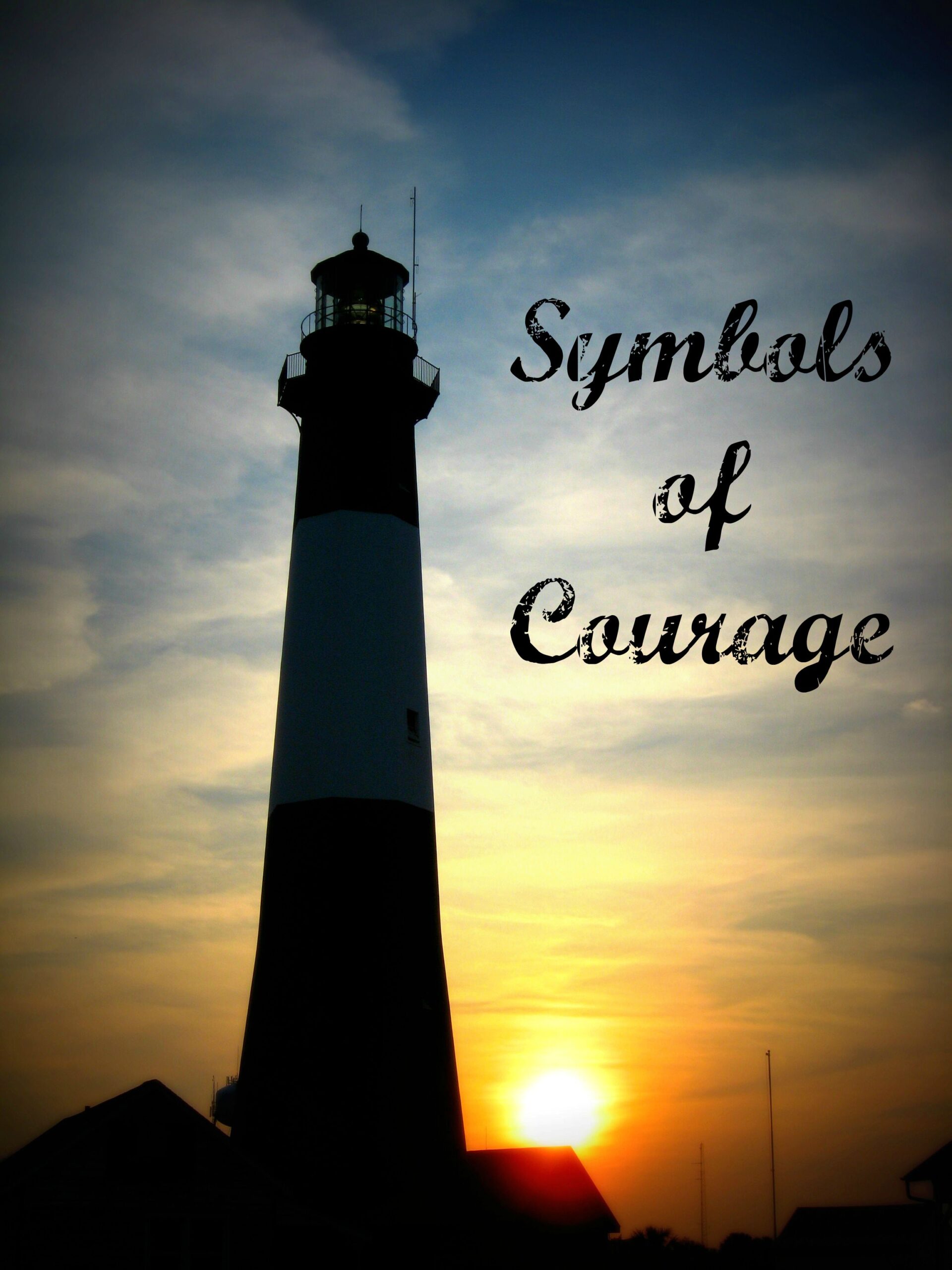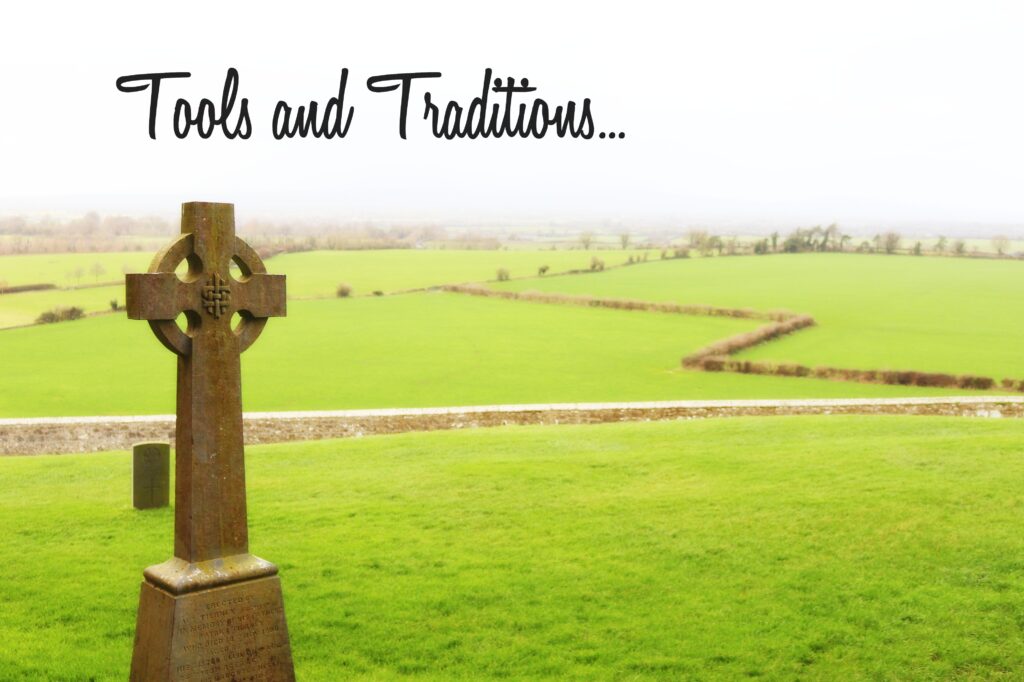Symbols of Courage
Symbols of Courage
I have included some ideas of traditions that you may choose to embrace as you find your own “Symbols of Courage”. Successfully navigating a journey of grief is probably one of the most courageous things a person can do. Saying good-bye to a loved one and finding a way to honor their memory in your life while sharing the gifts that they brought during their life is an amazing task to accomplish. I encourage you to embrace the symbols that speak to your heart and celebrate your courage as you travel down this road.


Traditions of Mourning...
In a world where we are surrounded by grief, our traditions regarding mourning are disappearing. We no longer embrace the outward signs that, in the past, would mark the stages of our grief and mourning period.
Historically, grief was a very visual thing. Families in mourning would cover their mirrors, wear black clothes or a black arm band on their upper arm. Families in grief would not attend parties for a year after the loss of a family member. They would hang a wreath on their front door. These were all very specific and highly visual cues that let the world know that the family was in mourning. Mourning was a prescribed period of time, typically a year, that served to honor the person’s suffering and allow the world to know that this person was experiencing feelings of deep loss. These traditions have slowly disappeared in our fast-paced world. We no longer give ourselves the time or the permission to fully experience grief. Yet, as I mentioned in an earlier post, unresolved grief in our society is feeding the anger, violence, depression and anxiety which is everywhere.
There is a cultural belief that says: ‘You can see how a society cherishes life by how much time and energy they expend honoring their dead.’ That is something American culture needs to think about. When a loved one dies, we go to a wake, a funeral, a lunch, and then we give the family 3 days off work and hope they are back within the week, feeling fine and physically able to leap back into life. We tell grieving people to, keep busy, go back to a normal routine; it will help you “work through the pain”. Instead, it does the exact opposite, it forces us to repress or stuff the pain. It gives us no time to honor the life and grieve the loss, let alone time for us to heal our own hearts and work through the countless emotions that we face after loss. Three days, 3 weeks or even 3 months is not sufficient time to do these things. Grief is a process; it is a journey. If we try to rush or avoid that journey, we do ourselves harm. In addition to not spending sufficient time to honor our loved one, we can’t move their spirit from that of a daily encounter we depend upon, to a vibrant memory that we routinely embrace and turn to in order to keep their spirit present in our lives.
So, it becomes the grieving person’s job to find and develop traditions of their own in order to honor their loved one to work through their grief and to find a healing place of resolution once they are ready to re-engage into an active emotional life again.
Navigate through this website, read the posts and go through the “Ideas and Resources” and “Celebration of Life” tabs to see if you can find some traditions that will help you on this journey.
